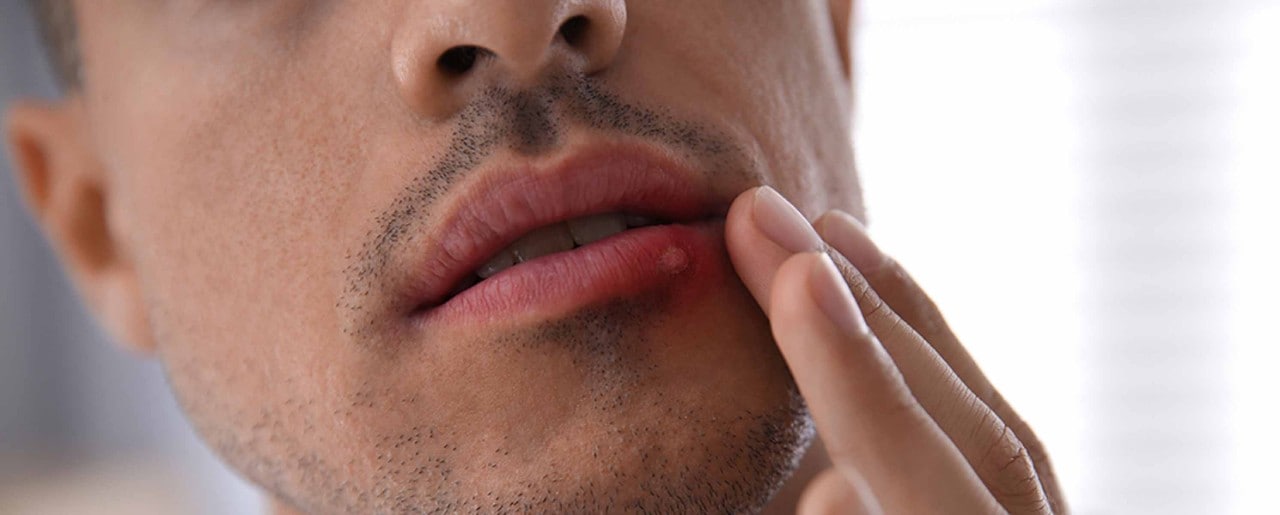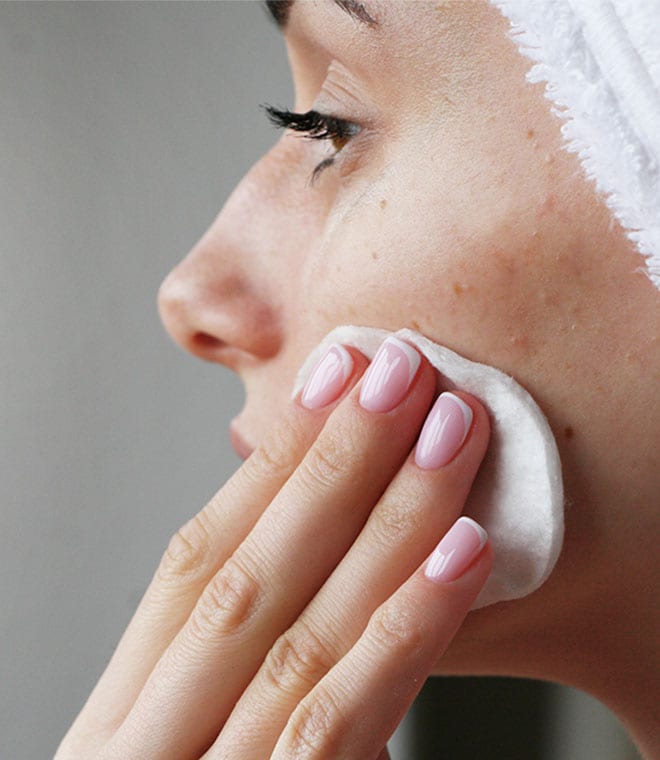Health
Cold sores: Causes, symptoms and treatments
By Anna H. Chacon, MD, Fellow of the American Academy of Dermatology Jul 10, 2024 • 7 min
Getting a cold sore is no fun. They're painful, they can make it hard to eat or drink, and they can cause a lot of embarrassment. It’s important to understand how you get cold sores, symptoms to watch out for and how to treat them.
What is a cold sore?
A cold sore, also known as a fever blister, is a sore that commonly occurs on or around the mouth. Cold sores usually appear on one side of the lips, but they can also appear in other places, including near the nose, cheeks, and chin. They may appear more often during periods of stress or illness, and they may occur frequently for a while, then go quiet, only to return years or even decades later.
What causes cold sores?
Cold sores are caused by the herpes simplex virus, which spreads through contact with an active sore or the fluid in the blisters that may form. Herpes on the lip or nearby is commonly called herpes labialis or oral herpes. It's usually caused by herpes simplex virus type 1 (HSV-1), but can also be caused by herpes simplex virus type 2 (HSV-2). Herpes simplex virus type 2 (HSV-2), commonly called genital herpes, is typically responsible for genital lesions. HSV-1 is very contagious. You can contract it from kissing or sharing objects that have come into contact with the virus.
How common are cold sores?
National survey data from 2016 showed that around 48% of Americans ages 14 to 49 had HSV-1. But not everyone with the virus gets cold sores. It's believed that around 20% to 40% of people with the virus get cold sores. However, if you have had a cold sore in the past, it's likely that you'll continue to get them throughout your life.
HSV-1 lives in a cluster of nerve cells called the trigeminal ganglion, which is located on the side of your face. If the viruses move along the nerve pathway to the lips, they'll cause a cold sore. Once you contract herpes simplex viruses, they stay in your trigeminal ganglion for the rest of your life, but many people will never know they have it. Some people find that certain conditions can trigger cold sores.
What does a cold sore look like?
A typical cold sore may start out as a small red bump that tingles, itches, or is tender. Over a day or two, the lesion grows and blisters form. The blisters often break open and weep a clear liquid. Soon after, the sore may begin to scab over. The scab may be large, thick and yellowish-brown or dark-colored. The scabs can crack and bleed, and if they fall off or you pull them off, they'll return until the sore is fully healed.
For many people, cold sore symptoms start before the sore starts to form. Initial cold sore symptoms often include a tingling or itching sensation within 48 hours of the sore appearing.
Where do cold sores most commonly occur?
Cold sores often occur around your lips and mouth, which can make it painful to talk or eat. A cold sore on the lip is vulnerable to getting swiped by a napkin or knocked with the rim of a coffee cup. Cold sores that occur on the lip may spread to spots inside the mouth. A cold sore on the tongue or inside the lip makes eating painful, and a cold sore on the gums can make it difficult to brush your teeth. A cold sore on the nose is particularly painful if it occurs with sinus congestion. Cold sores can be confused with other conditions, such as canker sores, angular cheilitis and acne. These health conditions have different causes and treatments, so it’s best to see your healthcare provider for a proper diagnosis.
How to treat cold sores
Without treatment, a cold sore typically lasts for up to two weeks, but if you have a very weak immune system, it can take longer for it to heal. Here are some options for shortening the duration of a cold sore:
1. OTC cold sore medicine: An over-the-counter antiviral cold sore cream or fever blister treatment, like docosanol (Abreva), can reduce the severity of a cold sore and shorten its duration. Cold sore creams and ointments work best when you start using them within 24 hours of cold sore symptom onset.
2. OTC pain relievers: If the sore is very tender and painful, take an over-the-counter pain reliever like acetaminophen or ibuprofen.
3. Prescription medication: A prescription cold sore medicine like valacyclovir (Valtrex) can also shorten the lifespan of a cold sore, and it can even help prevent future outbreaks.
4. Cold sore patch: A variety of patches are available to treat cold sores. A cold sore patch hides the sore, protects it from injury, helps prevent spreading and helps reduce scab formation.
Home remedies for cold sores
Many people want to know how to get rid of cold sores with home remedies. However, common remedies for cold sores aren't well researched, and the research that does exist is often old or inconclusive. It's best to choose FDA-approved cold sore remedies and medications for optimal results.
Cold sores are very common, and they can be unpredictable. It's common for people with HSV-1 to get a couple of cold sores each year. However, if you get more than five per year, talk to your healthcare provider about preventive treatments and strategies for reducing the frequency and severity of outbreaks.
Clinically reviewed and updated by Julie McDaniel, MSN, RN, CRNI, July 2024.
Sources:
- https://www.ncbi.nlm.nih.gov/books/NBK525782/
- https://www.cdc.gov/nchs/products/databriefs/db304.htm
- https://medlineplus.gov/coldsores.html
- https://my.clevelandclinic.org/health/diseases/21136-cold-sores




